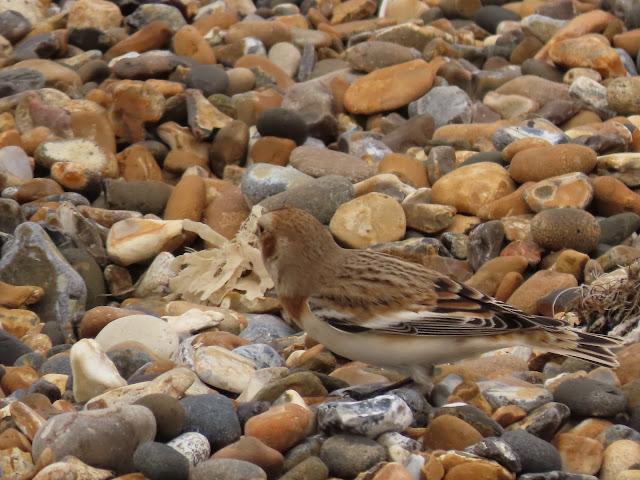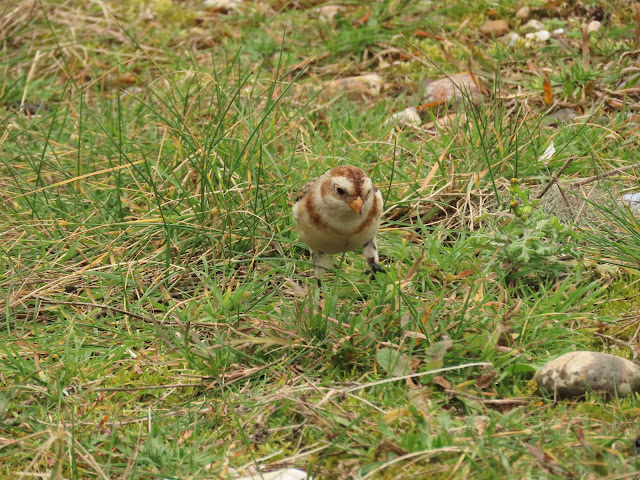A few days before I left for Kent last week, there were reports of a white rumped sandpiper at Slimbridge WWT but I knew I would be unable to see it unless it remained until after my return. Having kept an eye on the daily sightings I was pleased to see it was still there today. It is a sufficiently rare bird in the UK for the centre to consider it worthwhile opening the Discovery Hide extra early for members but that had now ended and normal opening hours applied.
I got to the Centre at around 9.45 so went straight to the Discovery Hide which overlooks South Lake where the sandpiper has been spending most of this time. There were only one or two others in the hide and I was told that it had been there until a few minutes earlier when the birds had been flushed by a peregrine! The chap who told me this said he was going to go over to the Rushy Hide to see if it had relocated there but after searching a bit longer, then said that he had re-found it in the same place as it was before!
The bird was pretty distant and was hopping about (on one leg, for some reason) amongst some snipe. We watched it for a while hoping it would gradually work its way nearer to the causeway but then it suddenly flew....and landed in a little inlet much closer to the hide!
It gave good views through binoculars but the overcast weather made it difficult to get a clear photo with my bridge camera. It looked very similar to some dunlin which were feeding fairly close but the beak is shorter. Within minutes of the bird flying closer to the hide, I turned round and realised that the hide was now filled with birders with their scopes and cameras trained on the sandpiper! Someone had obviously sent out a message! I was already close to an open window so was glad I at least had a decent view. Then all of a sudden it flew off with the dunlin so that was the signal for me to leave the hide.
I went to the Hogarth hide to see if it had relocated there but it hadn't so I made my way to the Kingfisher hide where a little grebe on the pond was my first sighting for the year.
After eating my sandwiches in the heated Peng observatory I visited the hides on the estuary walkway. The water rail was giving good views again, and there were plenty of geese and ducks to be seen. It won't be long now before the Bewick swans and pintails leave .
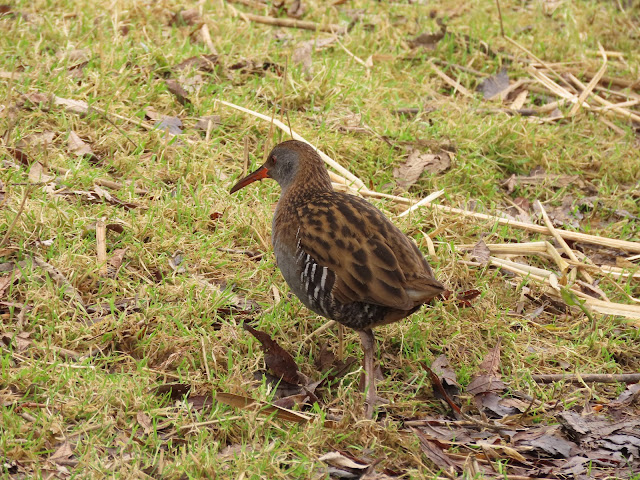



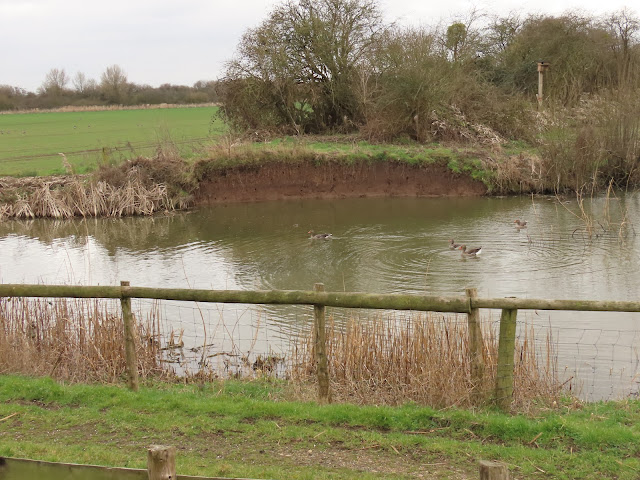





.JPG)
.JPG)
.JPG)



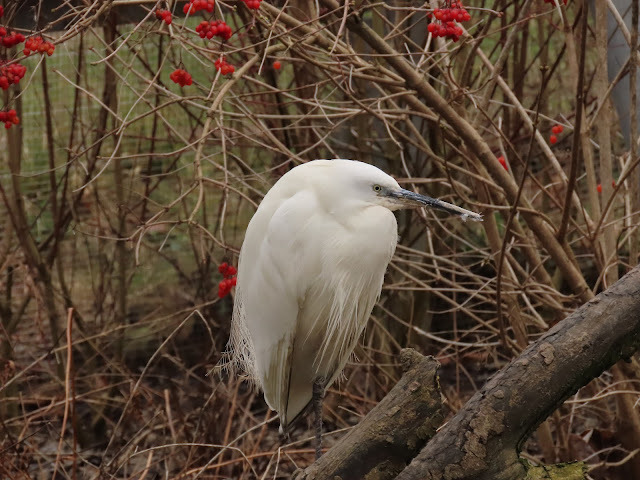



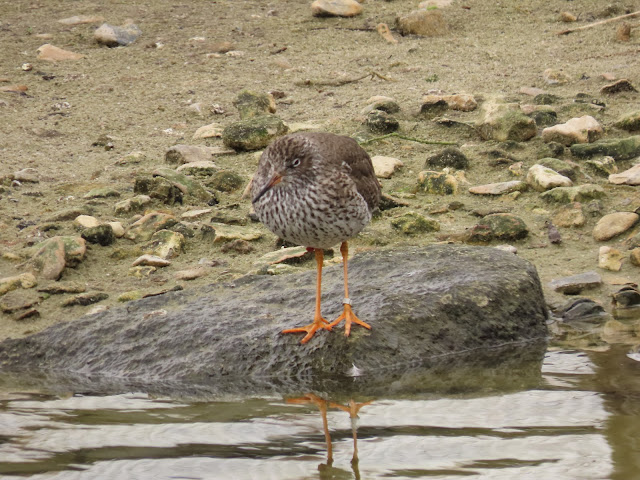

.JPG)
.JPG)
.JPG)






.JPG)
.JPG)









